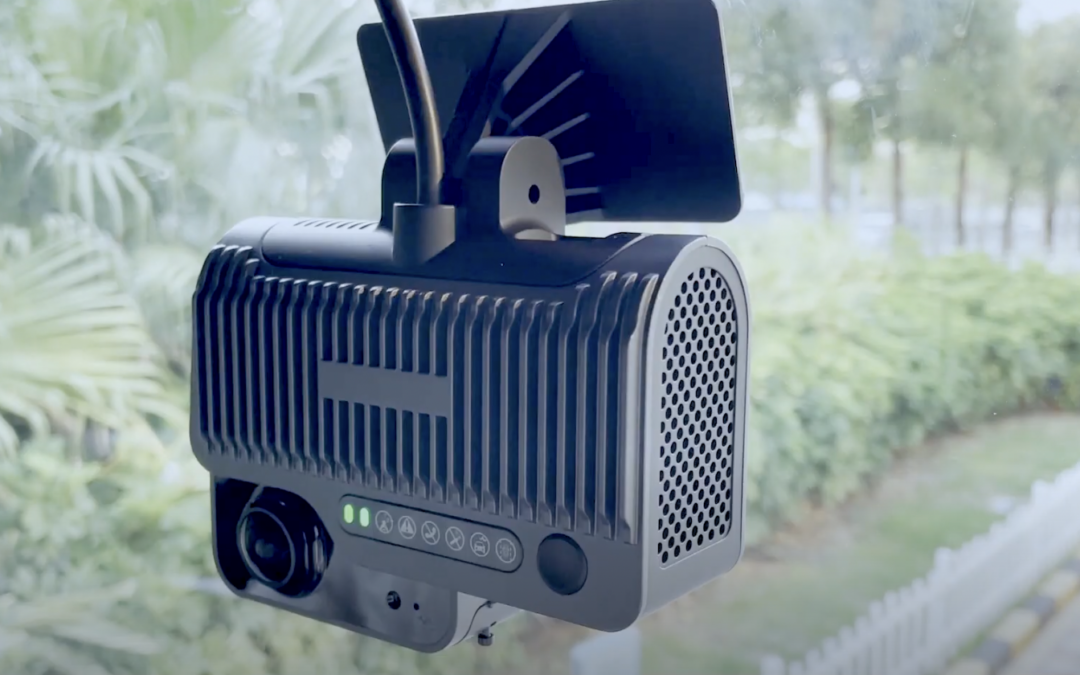Transportation companies are now embracing advanced safety technology that was previously considered cost-prohibitive not providing a clear ROI that fleets require to make such an investment.
Today’s landscape has changed drastically. Dashcams have become the norm for carriers to protect themselves against false claims and improve drivers’ safety + CVOR. The industry is finding the ROI is more quickly attainable. Over 80% of all accidents involving passengers and trucks are the fault of passenger vehicles. Protecting your drivers is important, providing proof of not-at-fault ensures they keep driving, attributing to productivity and increased wages for the driver. This also helps with talent retention. Finding good drivers is a constant challenge.
According to a survey from FreightWaves subscribers, 70 percent of respondents are currently using dashcam technology. However, many carriers don’t comprehend dashcam’s features, or how to leverage them. When it comes to the acceptance of new technology, it always comes with some misconception and confusion.
It’s critical for companies and drivers to understand the benefits and features, and to develop a preventive mindset when they implement advanced dashcams.
Here are 4 tips to help prepare your business and fleet for dashcams, and to avoid common mistakes;
1. Involving drivers in the pilot
As a company adopts innovative technology, they should involve drivers in the pilot phase of implementation. Drivers’ input is the most useful resource to point out growing pains and establish a solid safety system during this phase. The company also should have drivers test in different locations to see if there are any regional challenges in various locations.
The company should identify any problem areas that can be corrected before implementation. Keeping your drivers in the loop is ideal.
2. Conduct Q&A sessions
Building trust and transparent relationships with drivers is a key to minimize resistance to new technology. Conduct Q&A sessions, workshops, or meetings with employees to explain why the change is necessary, and what the features and benefits of the system are.
The most successful acceptance of dashcams is to share videos and assess and debate driver behaviours in dangerous circumstances. Drivers usually don’t mention to their peers what happened when they encountered critical situations so this is a great opportunity for drivers to acknowledge how other peers deal with dangerous situations.
3. Managing & leveraging data
The dashcam collects and sends key telematic data to analyze and assess driving behaviour. Leverage this data for safety coaching events and driver assessment.
Our group company, Astreon, offers driver coaching tools which assess driving habits, behaviors and safety. It evaluates telematic data and provides a score based on penalty points for violations like speeding, unnecessary acceleration, heavy braking, acceleration while cornering, reckless driving, etc.
4. Rewarding positive action
Drivers rarely receive rewards, even though their work environment is often stressful dealing with inclement weather, congested traffic, dwell times, etc. Encouraging drivers with rewards and public acknowledged of their achievements makes a big difference with driver satisfaction.
Some drivers might think they are always being observed by employers because of the dashcams. To reduce this negative impression, employers should explain the purpose of implementation and benefits of dashcams, plus rewards that motivate drivers’ positive behavior and safety score.
Employers could
- Share the video with the entire team and celebrate the driver who took positive actions in a critical situation
- Acknowledge the driver’s actions in a company meeting, workshop or newsletter
- Publicly thank the driver
- Present a gift card
These rewards are wildly successful in all businesses. On average, incentive programs achieve a 35% increase in driver safety scores across the board. The result is safer drivers and reduced insurance claims through Gamification: where drivers compete on their scorecards, aiming to achieve a higher score than their peers.
Adopting innovative technology
The Fleet industry has radically changed as a result of innovative A.I. Enhanced Dash Camera systems, and lower costs of data and hardware. Video evidence is regularly accepted by insurers when submitting claims, proving your driver is not at fault, avoiding fines and preventing insurance hikes because of those fines. On top of that, some insurance companies offer a premium rate if you employ a dashcam system.
The key to successfully implementing new technology is to establish a transparent relationship, collaboration, and engagement with drivers.
All-In-One Driving Recorder Designed for Safe Driving
Streamax’s A.I. Dashcam is an advanced dash camera with a built-in A.I. processor to detect driving events such as lane departure, forward collision, and unsafe driver behaviour. It can alert the driver in real-time of dangerous behaviours, and upload events to a monitoring platform to be reviewed by a fleet manager as a coaching aid and for evidence.
Learn more about Streamax’s leading solutions!

